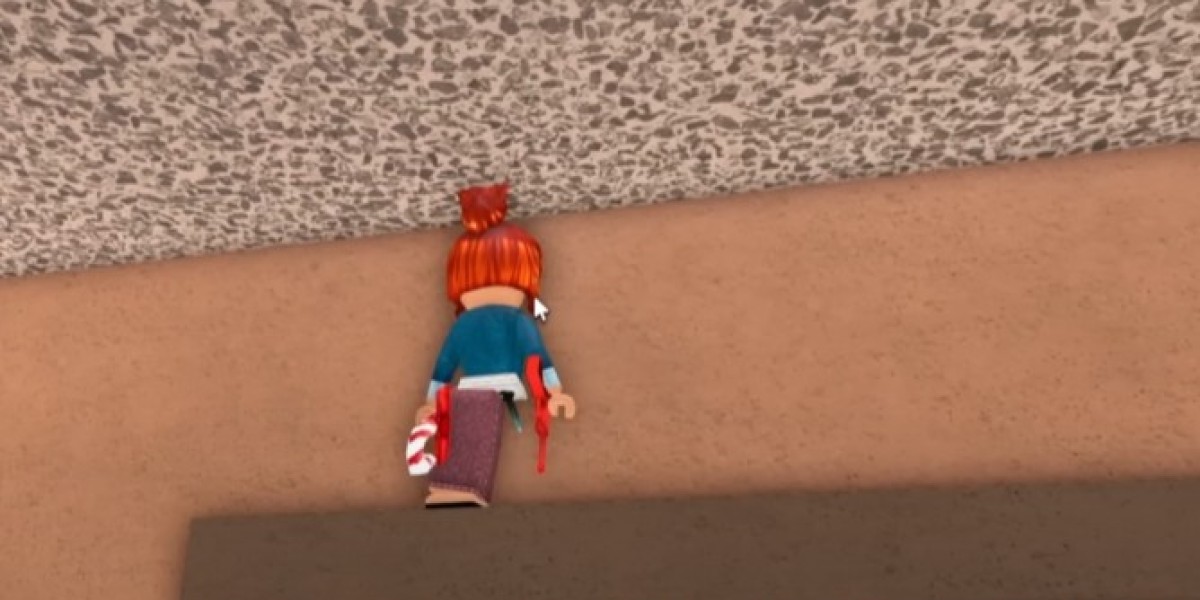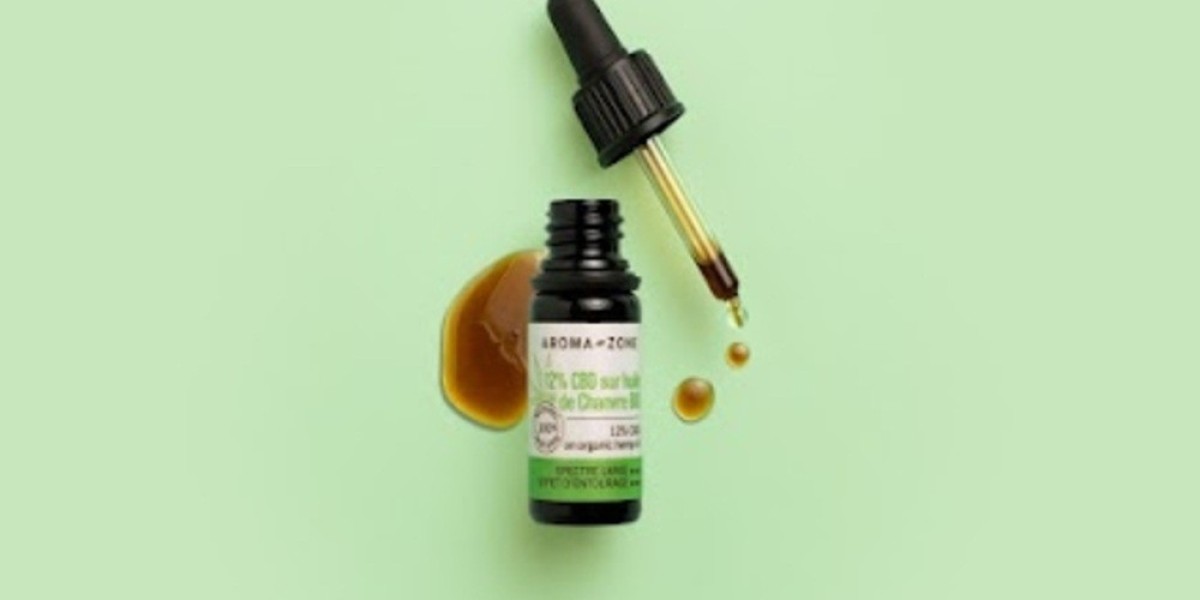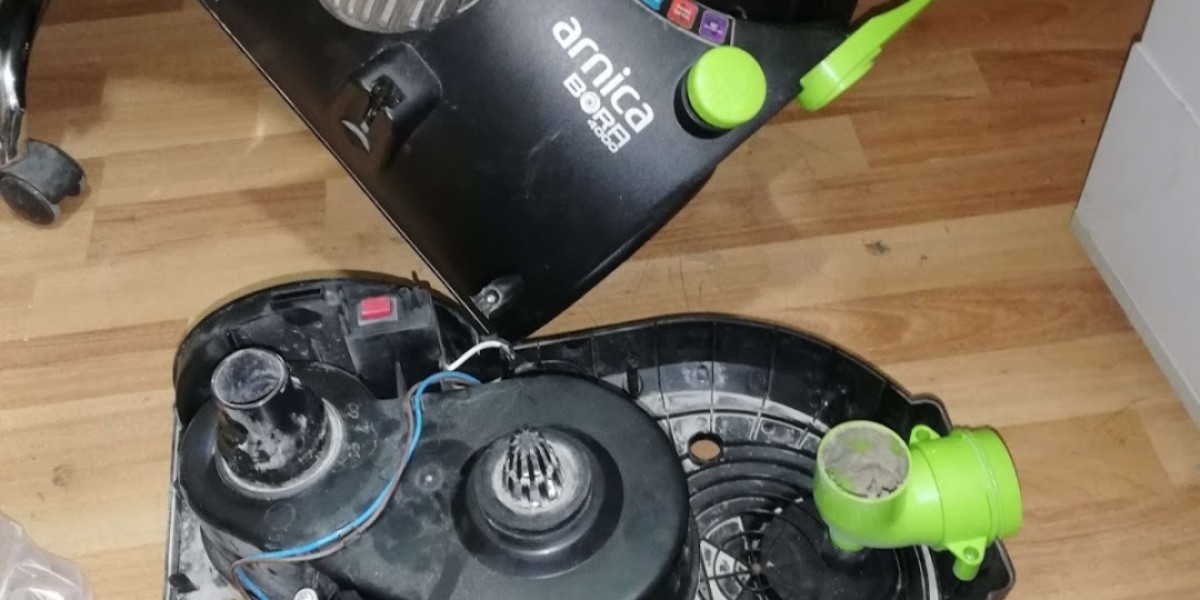Laser paint stripping is an advanced surface preparation technique that uses high-powered laser beams to remove paint, coatings, rust, and other contaminants from metal, concrete, or composite surfaces. Unlike traditional abrasive blasting or chemical stripping, laser cleaning is contactless, precise, and environmentally friendly.
? Why is Laser Paint Stripping Gaining Popularity?
Industries such as aerospace, automotive restoration, shipbuilding, and heritage conservation are rapidly adopting laser paint stripping because it addresses multiple pain points:
Zero damage to underlying surfaces
No secondary waste like grit or chemical residues
Minimal operator fatigue with handheld or robotic options
High precision for delicate or complex parts
Reduced operational downtime with faster, cleaner processes
According to industry studies, companies can reduce surface prep costs by up to 30% when switching to laser paint removal, thanks to lower consumables and less post-cleaning waste management.
⚙️ How Does Laser Paint Stripping Work?
Laser paint stripping relies on a physical process called laser ablation. Here’s a simple breakdown:
A pulsed laser beam is directed onto the coated surface.
The energy heats and vaporizes the paint layer, breaking its bond with the substrate.
The vaporized material is collected using integrated extraction systems, leaving behind a clean, bare surface.
This process is highly controllable. Operators can adjust the laser’s intensity and scanning speed to target specific coating layers while avoiding any damage to the base material.
? Benefits at a Glance
| Feature | Laser Paint Stripping | Traditional Methods |
|---|---|---|
| Precision | High – removes microns of coating only | Low – risk of pitting, surface damage |
| Environmental Impact | Zero chemicals, minimal debris | Chemical waste or airborne abrasives |
| Operating Cost | Lower over time – minimal consumables | Ongoing cost for chemicals/media disposal |
| Surface Preparation | Clean and residue-free | May need post-cleaning steps |
| Worker Safety | No toxic fumes, no harsh chemicals | Exposure to chemicals and dust |
✅ Industries That Benefit from Laser Paint Stripping
Aerospace: Remove coatings on aircraft parts without harming sensitive alloys.
Automotive: Restore classic cars by stripping paint without warping metal panels.
Maritime: Remove marine coatings while complying with strict environmental laws.
Industrial Equipment: Clean machinery in situ, reducing costly disassembly.
Cultural Heritage: Gently strip paint or corrosion from sculptures and artifacts.
? Key Factors to Consider Before Adopting Laser Paint Stripping
When planning to implement laser paint removal, keep these points in mind:
Initial Investment: Laser systems have higher upfront costs than chemical or abrasive methods, but ROI is achieved through long-term savings.
Material Compatibility: Suitable for metals, stone, concrete, and certain composites. Test on small areas for plastics or delicate substrates.
Operator Training: While user-friendly, technicians should be trained on safety and parameter settings.
Local Regulations: Laser cleaning often simplifies compliance with emissions and waste disposal regulations.
? Frequently Asked Questions (FAQs)
Q1: Is laser paint stripping safe for thin metal sheets or delicate parts?
Yes. One of its greatest advantages is the ability to precisely adjust the laser’s intensity. This ensures minimal heat input, preventing warping or structural damage.
Q2: Does laser paint stripping create hazardous waste?
No secondary waste like chemicals or blasting grit is produced. Most modern systems include fume extraction to capture any vaporized particles, making disposal simple and safe.
Q3: How fast can a laser remove paint compared to sandblasting?
The speed depends on coating thickness, material type, and laser power. While sandblasting may be faster for very large, flat areas, laser stripping excels in precision work and complex geometries, often saving time in rework and post-cleaning.
Q4: Can laser paint stripping be used outdoors?
Absolutely. Portable and mobile laser units can be deployed on site for large structures like bridges or ships. Just ensure proper safety measures like fume extraction and protective barriers.
Q5: How long does a laser paint stripping machine last?
A well-maintained laser cleaning system can operate for over 50,000 hours, depending on usage and environmental conditions. The fiber laser sources used in most units are highly reliable and low-maintenance.
⚡ Pro Tips to Maximize Your Laser Paint Stripping Investment
✔️ Run tests on different coating thicknesses before starting full-scale work.
✔️ Use appropriate safety gear including protective eyewear.
✔️ Combine with robotic arms for repetitive tasks to enhance productivity.
✔️ Keep optics clean for consistent beam quality and efficiency.
✔️ Engage experienced suppliers for training and maintenance support.
? Authoritative Sources Behind the Technology
Laser paint stripping is not just marketing hype. It’s supported by decades of R&D in laser physics and materials science. Leading manufacturers invest in testing to meet industry standards such as:
ISO 9001 for quality management
OSHA compliance for workplace safety
Environmental certifications for reduced carbon footprint
? Sustainability Edge: Why Go Green with Laser Paint Stripping
With global regulations tightening around chemical usage and waste disposal, laser paint stripping helps organizations stay compliant while demonstrating environmental stewardship. For example:
Eliminates solvents and toxic strippers.
Reduces CO₂ footprint by minimizing transport of spent media.
Supports circular economy by extending the life of high-value assets.
✨ Interactive Tips for Your Next Project
? Evaluate your current stripping costs: Include waste disposal and post-cleaning.
? Request a demo: Most suppliers offer trial runs to prove ROI.
? Plan for operator training: Safe, efficient use is key to getting the best results.
? Think long-term: Look at total cost of ownership, not just the upfront price.







